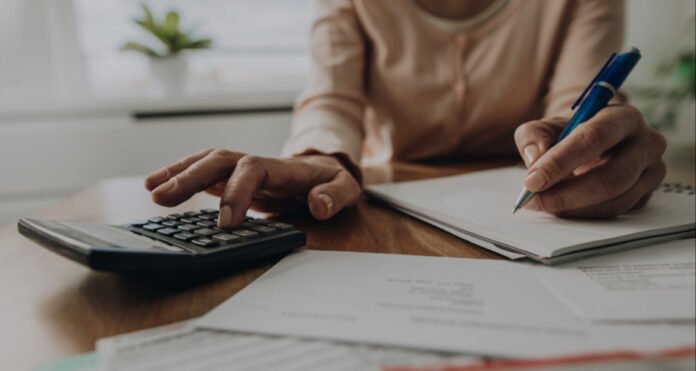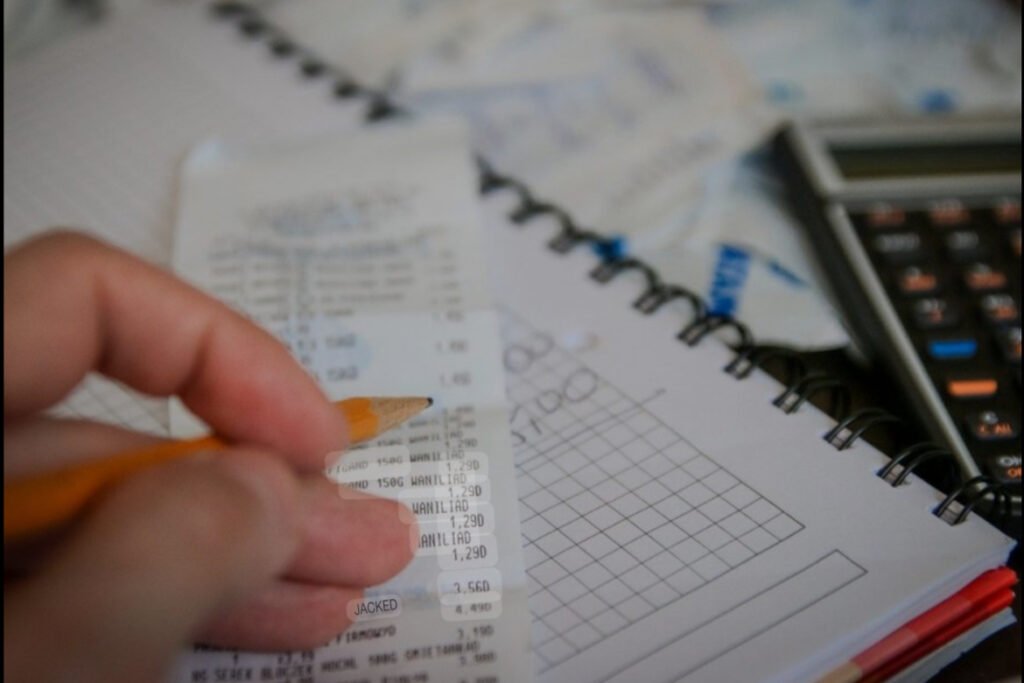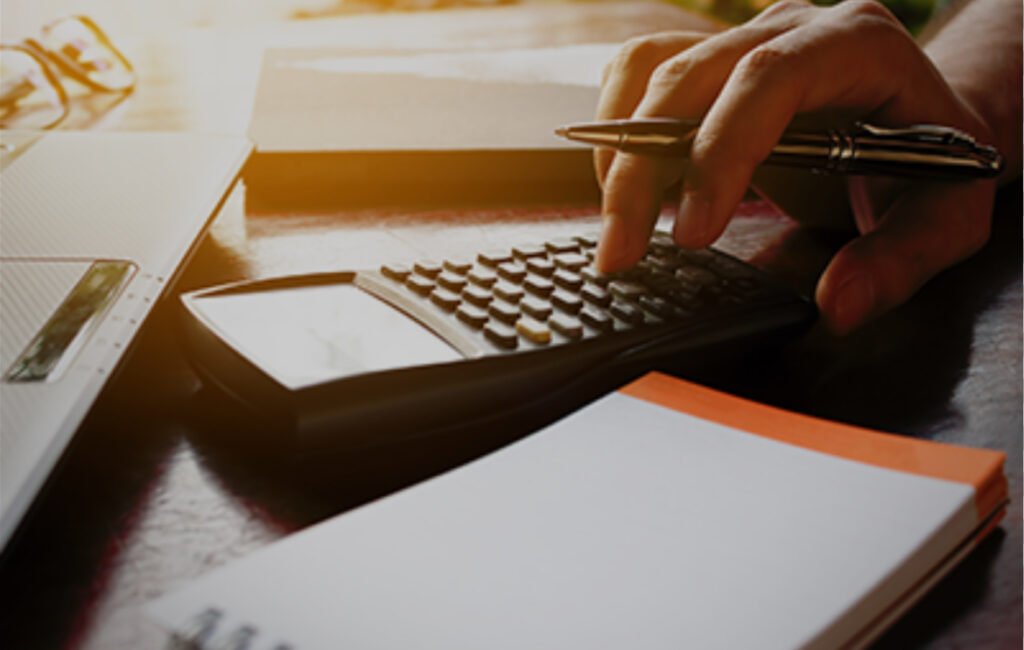Introduction: Why Tracking Your Expenses Is a Game-Changer
Have you ever looked at your bank account and thought, “How did I spend so much?” In today’s world of instant payments, streaming subscriptions, and daily coffee runs, money has a way of disappearing without us even realizing it. That’s why learning to track your expenses is one of the smartest financial habits you can develop—no matter your income level.
When you consistently track your expenses, you gain visibility and control. Instead of guessing where your money went, you’ll know exactly how much is being spent on groceries, bills, entertainment, or takeout. This awareness helps reduce stress, avoid overspending, and identify wasteful habits that could be holding you back.
You don’t need a financial degree to get started. Whether you use a simple notebook, a mobile app, or a spreadsheet, finding a system that works for you is key. It’s about consistency, not complexity.
People who track their expenses regularly are more likely to build savings, pay off debt faster, and reach financial goals with confidence. It’s a habit that creates accountability and helps you stay on top of your money.
In this guide, we’ll explore seven effective, beginner-friendly ways to track your expenses starting today.
1. Use a Budgeting App (Automate Your Awareness)
One of the most convenient and effective ways to track your expenses is by using a budgeting app. These apps are designed to simplify money tracking and budget planning by doing most of the work for you. Popular choices like Mint, You Need A Budget (YNAB), PocketGuard, and Goodbudget sync with your bank accounts, credit cards, and even investment portfolios to automatically import and categorize your transactions.
Instead of manually writing down every coffee purchase or utility bill, the app does it in real time. You’ll receive alerts when you’re nearing your monthly budget, and most apps provide easy-to-read charts and summaries to help you spot spending trends and overspending patterns. Want to know how much you spent eating out last month? It’s just a tap away.
Many of these apps also let you set and monitor financial goals—like saving for a vacation or paying off credit card debt—so you can visually track your progress. This added accountability can significantly boost motivation.
Pro Tip: Pick one app and stick with it for at least 30 days. Make a habit of opening it daily, just like checking your messages. The more frequently you engage, the more natural it becomes to track your expenses and stay in control of your financial future.
2. Create a Personal Spending Journal (Analog & Mindful)
If you’re someone who learns better through writing or prefers a more mindful approach to money, a personal spending journal might be the perfect way to track your expenses. All you need is a notebook, planner, or even the notes app on your phone. Each day, jot down every expense you make—whether it’s $0.99 for an app or $120 for groceries. Include the date, amount, what it was for, and why you made the purchase.
This simple act of writing things down creates a direct connection between your actions and your awareness. You’ll start noticing patterns—like frequent impulse spending, late-night food orders, or unused subscriptions that drain your bank account. Unlike apps that automate everything, this method forces you to engage with every transaction, which can make it more impactful.
At the end of each week, review your entries and sort them into budget categories like transportation, entertainment, eating out, and bills. This gives you a clear picture of where your money is going and helps you make smarter decisions going forward.
Bonus Tip: Use highlighters or emojis to flag emotional purchases—like stress buys or boredom shopping. A spending journal helps you not only track your expenses, but also understand the why behind them—leading to more intentional choices and better financial habits.
3. Set Weekly and Monthly Money Check-ins
One of the most underrated ways to track your expenses effectively is by setting regular money check-ins. These check-ins act like financial “pulse checks” and are essential for staying on track with your goals. Start by blocking off 10 to 15 minutes once a week—perhaps Sunday night or Monday morning—to sit down and review your finances. This short, consistent habit helps you stay in control instead of reacting to financial surprises.
During your weekly check-in, look at your recent transactions using your budgeting app, spreadsheet, or written journal. Ask yourself key questions like: Where did my money go this week? Did I overspend in any category? Were my purchases aligned with my priorities?
For monthly check-ins, go a bit deeper. Compare your actual spending to your budget, evaluate progress toward savings goals, and adjust your plan for the month ahead. Think about upcoming one-time expenses like birthdays, travel, or car maintenance and factor those in early.
Why does this matter? Because money stress often comes from the unknown. When you regularly track your expensesand check in, you eliminate that stress. You make informed choices and spot issues before they become major problems—keeping you confident and in control of your financial path.
4. Use the Envelope or Cash-Based Method
If you prefer a more tactile and visual way to track your expenses, the envelope system is a time-tested method that still works wonders today. This approach involves dividing your monthly income into physical envelopes labeled by spending category—such as groceries, gas, dining out, and entertainment. You place a set amount of cash into each envelope based on your budget. Once the money in a given envelope is gone, you stop spending in that category until the next month.
This method may seem old-school, but it’s incredibly effective for building discipline. It makes your spending limits feel real—physically seeing the cash dwindle forces you to make more conscious choices. It’s also great for impulse-prone categories like eating out or shopping.
Not into carrying cash? No problem. Apps like Mvelopes and Goodbudget bring this concept into the digital world by allowing you to create virtual envelopes. You can still allocate money for different categories and track spending against each digital “envelope.”
Using this method to track your expenses gives you immediate feedback and limits, helping you stay within your budget. It’s simple, visual, and effective—especially for those who benefit from hands-on financial tools.
5. Create and Use a Custom Spreadsheet
For those who enjoy working with numbers or want full control over their financial data, using a custom spreadsheet is one of the most flexible and powerful ways to track your expenses. Tools like Microsoft Excel or Google Sheets allow you to create a budget from scratch or use a pre-built template that you can tweak to suit your lifestyle and goals.
With a spreadsheet, you can track everything—income, fixed expenses like rent or car payments, variable expenses such as groceries and entertainment, savings contributions, and even investments. You’re not limited by an app’s interface or pre-set categories. You can create exactly what you need to see.
Suggested columns include the date of the transaction, the vendor or description, the amount spent, the category, and optional notes (such as “recurring,” “impulse,” or “business expense”). This level of detail helps you understand spending patterns over time.
One of the best features of spreadsheets is the ability to use formulas to automatically total your monthly expenses, calculate remaining budgets, and even generate pie charts or bar graphs for visual insights. If you’re looking to take a hands-on, data-driven approach to track your expenses, spreadsheets give you the tools to do it
6. Track Recurring Subscriptions & Hidden Charges
One of the most overlooked ways to track your expenses is by identifying and managing recurring subscriptions and hidden charges. These can quietly drain your bank account over time—think streaming services you don’t watch, gym memberships you forgot about, or free trials that auto-renew into full-price subscriptions. It’s often the small, unnoticed charges that accumulate and sabotage your budget.
Expense tracking helps bring these “invisible” charges into the light. By reviewing your monthly statements or using a budgeting app, you can quickly identify patterns and repeated charges. This is especially helpful for busy people who may not have the time to scrutinize every line of their credit card bill.
To streamline the process, consider using apps like Rocket Money (formerly Truebill), Trim, or Bobby. These tools analyze your spending data and highlight recurring subscriptions—often with the option to cancel them for you. This makes it easier than ever to spot and stop unnecessary spending.
Why is this important? Because eliminating unused subscriptions can free up hundreds of dollars a year. When you track your expenses at this level of detail, you create a lean, intentional budget that prioritizes what truly matters—without the clutter of forgotten or wasteful charges.
7. Set Specific Spending Goals and Track Progress
One of the smartest ways to track your expenses isn’t just documenting what you’ve spent, it’s about being intentional with your money through goal-setting. Setting specific, measurable spending goals gives your financial habits a sense of purpose and direction. Instead of reacting to expenses after they happen, you proactively guide your spending behavior.
Start by identifying one or two categories where you tend to overspend—common culprits include takeout, online shopping, or rideshare services. Once identified, create a realistic weekly or monthly spending cap. For example: “Limit dining out to $100 per month” or “Only spend $40 on entertainment this week.”
As you go about your month, use your expense tracking system—whether it’s a budgeting app, spreadsheet, or journal—to monitor these categories in real time. The act of checking in with your progress builds awareness and accountability. You’ll be more motivated to stay within your limits when you can actually see your progress toward a goal.
Setting clear boundaries like these turns tracking into a challenge rather than a chore. It also boosts your confidence and control. When you regularly set and hit spending goals, you’re not just trying to track your expenses—you’re mastering them.
7. Set Specific Spending Goals and Track Progress
To truly master your finances, it’s not enough to simply record what you spend—you need to give your money direction. That’s where setting specific spending goals comes in. It’s one of the most effective ways to track your expenses with intention. Rather than just watching your dollars go out the door, you’re creating structure and purpose around where they go.
Start by identifying the categories where you’re most likely to overspend—such as dining out, rideshares, or online shopping. Then, set clear, measurable financial goals for each. For instance, “Spend no more than $150 on groceries this week,” or “Reduce takeout spending by 25% this month.” When your goals are specific and time-bound, they become easier to follow and track.
Once your goals are in place, use your budgeting tools—whether it’s an app, spreadsheet, or journal—to monitor your progress. Watching yourself move closer to a goal is a powerful motivator and can reinforce healthy habits over time. Plus, it creates a sense of accomplishment that keeps you engaged.
Spending goals are not about restriction—they’re about focus. When you regularly track your expenses against specific targets, you create a clear personal finance plan that guides you toward both short- and long-term success. That’s the real power of proactive tracking.
Final Thoughts: Make Expense Tracking a Habit, Not a Chore
Let’s be real—tracking your expenses doesn’t sound like the most exciting part of your day. But here’s the truth: the people who feel most confident with their money aren’t necessarily the ones making six figures. They’re the ones who know exactly where their money is going. And that kind of clarity doesn’t come from guessing—it comes from tracking.
The beauty of expense tracking lies in its simplicity. It doesn’t require fancy tools, advanced math, or financial expertise. All it takes is consistency. Whether you’re a tech-savvy budgeter who loves using apps, someone who prefers the mindfulness of writing in a journal, or a visual thinker who benefits from spreadsheets and charts, there’s a method out there that suits your lifestyle. You just need to find it—and stick with it.
Start small. Choose one category—like food or transportation—and start tracking it today. You don’t have to overhaul your entire monthly budget overnight. By starting with one habit, one method, and one area of spending, you begin building awareness and discipline.
Over time, what starts as a chore turns into a routine, and then a habit. You’ll begin to feel more in control, more confident, and more empowered to set and achieve financial goals. Whether you’re trying to reduce your expenses, pay off debt, or boost your personal savings, expense tracking is the foundation.
Tracking your expenses is more than just logging numbers—it’s about rewriting your relationship with money. It’s the first step toward building a life where your financial planning works for you, not against you. So don’t wait for the perfect time. Open that app, grab that notebook, or build that spreadsheet. Start today—because every dollar you track brings you one step closer to financial peace of mind.
Start Small. Grow Big. Invest Today.
You’ve learned the strategies. You’ve seen the possibilities. Now it’s time to take action. Whether you start with $5 or $50, the most important step is starting.
Don’t wait for the “right time”—create it.
Click below to explore the easiest platforms for beginners and take your first step toward financial freedom.
👉 Learn how to start investing with little money — and make every dollar count.
Get Started Now →








